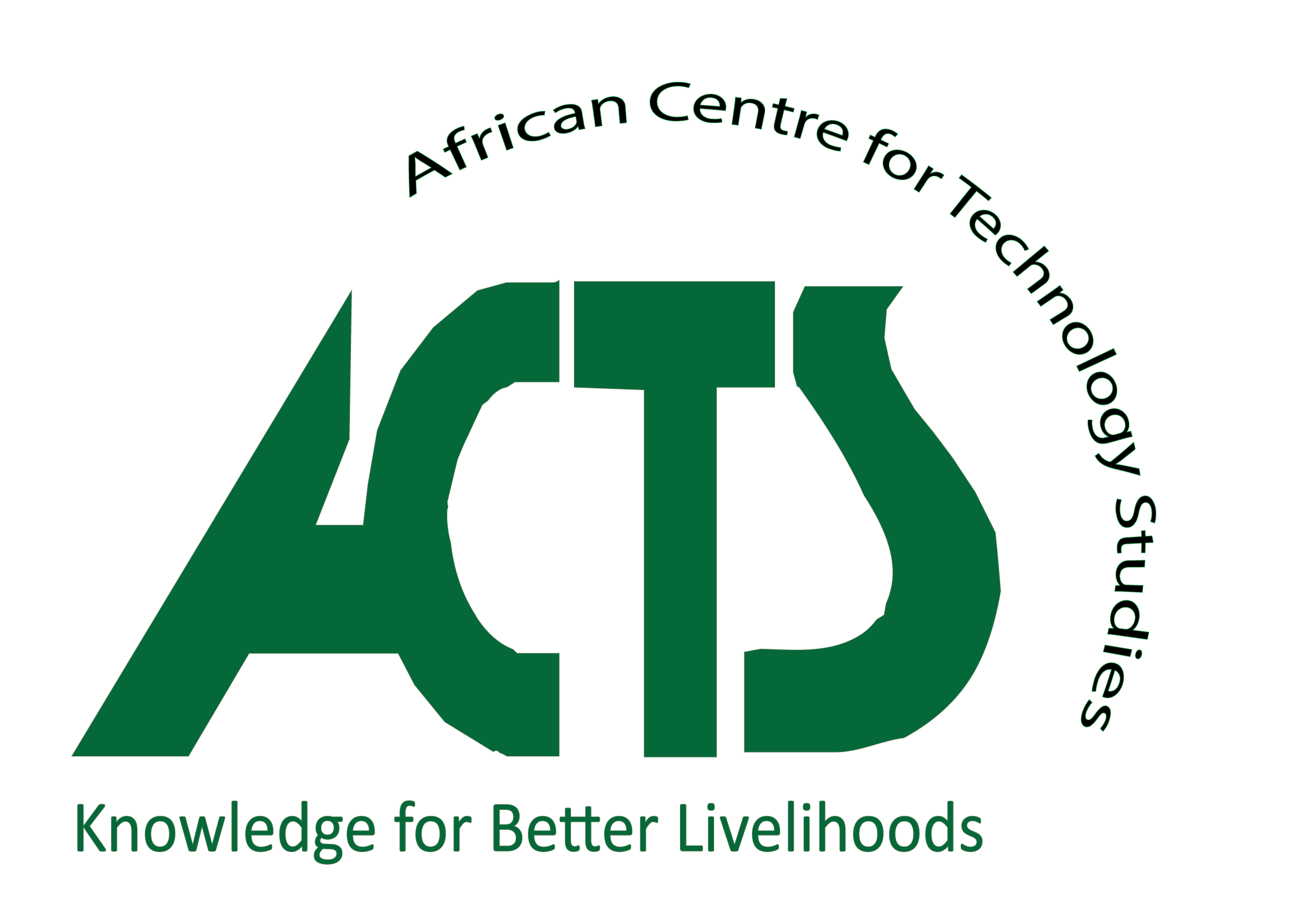Kenya - weADAPT Development and Case Studies with Google
WeADAPT, spearheaded by the Stockholm Environment Institute (SEI), is a network of organizations working on climate change adaptation. The project seeks to collaboratively develop and pool expertise on climate change adaptation and develop and distribute new and innovative tools, methods and datasets.
The project will engage Google Earth interface as a technical platform for promoting and supporting information sharing and planning for adaptation.
Mapping Climate Changes Stakeholders
The analysis of social networks within the adaptation community will identify the structures and systems of decision-making for adaptation through an evaluation of social networking and social learning processes, and to assess the implications on these on implementing new collaborative / knowledge / decision tools.
ACTS has teamed up with the Stockholm Environment Institute (SEI) and Practical Action in using Google Earth as a platform for mapping climate change stakeholders’ network. The initiative brings on board partners, projects, studies and experiences pertaining climate change. The main objective is information sharing via the internet.
The components of the project include the following:
Integration – the project, via weADAPT, provides a logical framework of data sharing and collaborative work. It aims to give researchers, policy makers and administrator’s immediate access to information at the moment they need it.
Analysis – development of analytical tools to visualize, describe and identify target areas where multiple needs intersect, for example where drought prone areas affect vulnerable communities.
Communication and sharing of knowledge – facilitating access to innovative ideas, data and relevant knowledge is a central goal of the project.
Mapping Adaptation
An Adaptation Layer is being developed as a layer in Google Earth as part of these technological developments to show adaptation prototypes and projects based on the data collected and documented in the weADAPT platform.
Users can browse on-line actions and maps, scanning adaptation experiences by location, sector and type. To access this layer users have to download Google Earth and then download the Adaptation Layer from the weADAPT portal -www.weADAPT.org.
In Kenya, apart from mapping climate change partners, studies and experiences within Nairobi, we will be focusing on four other climatic zones in the country;
- Arid/Semi-arid (Tana River Basin)
- Coastal region (Mombasa)
- Lake Basin (Lake Victoria-Kisumu)
- Mt. Kenya Regions (Kirinyaga District)
This will involve collection of information on climate change projects, studies, experiences and adaptation. Common details will be coordinates, photographs, detailed info on project outputs, videos etc.
Final outputs will be input to storylines on individual experiences, projects and studies. Spatial co-ordinates, contact persons and photographs will also be taken. This information will be fed into the Spreadsheet mapper and shared among partners.
Methodology
Methodology involved has taken the efforts of SEI and ACTS to develop. This is by the use of Google’s Spreadsheet Mapper to develop a database of partners’ coordinates, stories, photographs and other details. The details can then be previewed on either Google Earth platform or Google Maps.
This is an online mapping system and partners who can access internet can be invited to view and sometime edit the information.
Funding ---- Google through SEI


